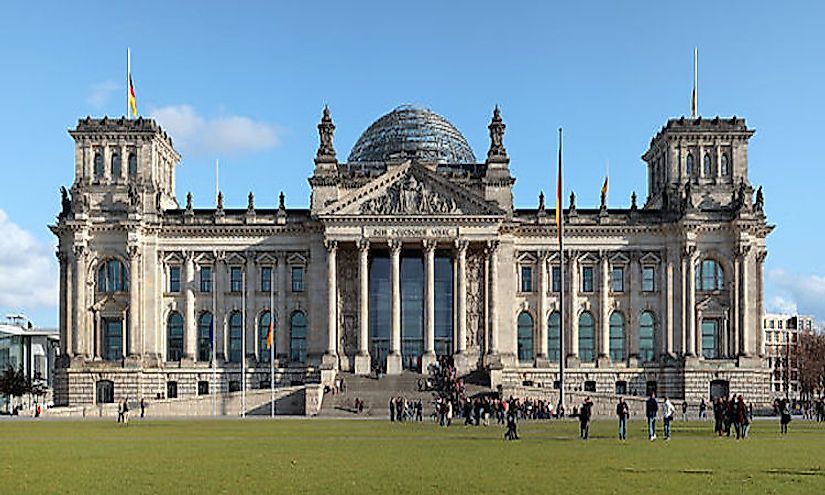What Type of Government Does Germany Have?

What Type of Government Does Germany Have?
Germany is the leading economy in continental Europe and the second most densely populated country after Russia. It is a major member of Europe’s political, defense, and economic organization. European power struggle in the 20th century sucked Germany in two major destructive World Wars, and left Germany occupied by the allied powers. The initial independence of Germany was in January 18, 1887 that led to the establishment of the German Empire. It also got independence from the allied powers on May 23, 1949, forming the Federal Republic of Germany (FRG or West Germany). Another declaration of independence was on October 7, 1949, that formed the German Democratic Republic (GDR or the East Germany). On March 15, 1990, both East and West Germany integrated to create a united Germany, the country now is a democratic, federal parliamentary republic and has a constitution emphasizing the protection of individual liberties.
Executive Branch Of The Government Of Germany
The president is the head of state and it is a ceremonial position, the holder of the position is elected to serve for a single term and eligible for a second term lasting for five years. The election of the president is carried out by the Federal convention that is composed of the members of the Federal Parliament (Bundestag) and the members nominated by the state parliaments. The incumbent president is Joachim Gauck who took office on March 23, 2012 and the next election will be held in June 2017. The Federal Parliament (Bundestag) is charged with the responsibility of electing the Chancellor who is the head of the government to serve for a term of four years. The last election of the Chancellor was on December 17, 2013 and the incumbent is Angela Merkel who has been in the position since November 2005. The next elections will be held not later than 2017. The president appoints the cabinet (Bundeminister) on the recommendation of the chancellor. The cabinet is made up of the federal ministers.
Legislative Branch Of The Government Of Germany
Germany has a bicameral parliamentary system which is composed of the federal council (Bundesrat) and the Federal Diet (Bundestag). The 16 federal states (landtags) are responsible for appointing the members of the Bundesrat which has 69 seats, while the Bundestag has 631 seats that vary with each electoral term whose members serve for a four-year term. The elections of the Bundestag were held on September 22, 2013 and the next will be held by 2017. The membership to Bundesrat is not through election but it is determined by the composition of the state government and can change anytime whenever one of the 16 states carries out an election. The majority of governments of post war Germany have been made up of coalitions.
Judicial Branch Of The Government Of Germany
The highest court in the country is the Federal Court of justice, which is composed of the court’s president, vice president of the court, and other judges. They are structured into 25 senates that are farther organized into 12 civil panels, 8 special panels and 5 criminal panels. The Federal Constitutional Court is made up of 2 senates with each divided into 3 chambers each having eight members and its chairman. The Judges Election Committee is responsible with selecting the judges of the Federal court of Justice, and they are composed of the Secretaries of Justice from the 16 administrative states and 16 members are appointed by the Federal Parliament and other judges are appointed by the president of Germany. The Judges serve until the age of 65 when they retire. Half of the Judges of the Federal Constitutional Court are elected by the House of Representatives and the other half are elected by the senate and they serve for a 12 year term and retire at age of 68. In Germany, there are other subordinate courts which include the Federal Administrative Court, Federal Social Court, and Federal Finance Court. Each of the 16 states has their Constitutional courts and a hierarchy and specialized courts











